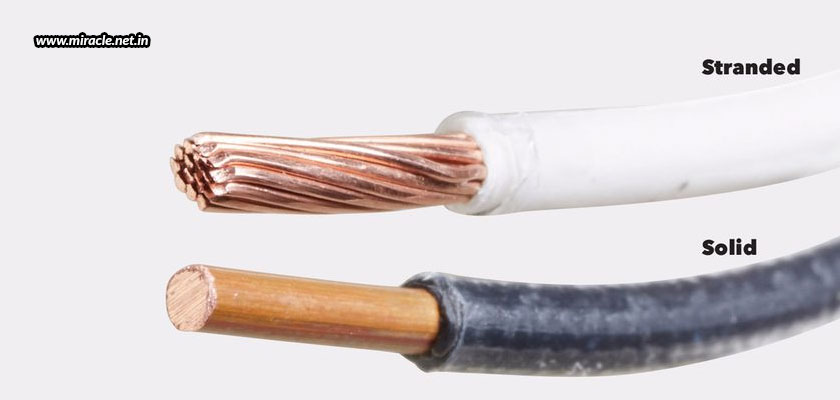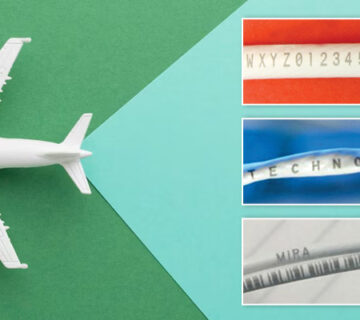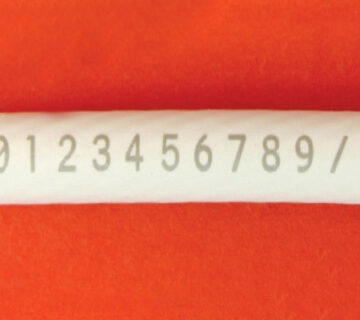If you’re doubtful about whether you should use solid cables or stranded cables for your application, you’re not alone. People across the globe struggle with the decision, with no apparent answer. What helps you decide is understanding your particular situation, and identifying the right solution for it. We’ll help you in this blog to understand the difference between solid and stranded wires, and the instances where one will function better than the other. Both solid and stranded wires see frequent use in electrical applications, but it’s important to know which of the two is a better option for you.
What are solid wires?
Solid wires consist of a metal core and are thicker, providing lesser surface area for dissipation, making them perfect for longer runs. Also, their single-core nature makes it much simpler to manufacture them, making the production costs much lower, thus making solid wires more affordable. But, these wires aren’t flexible, which is why applications may require frequent replacement of solid wires when the applications involve significant movement or vibrations. However, solid wires are highly resistant to weather, extreme environmental conditions, and abrasion. These wires are thus ideal for outdoor use where more durability and higher currents are required. They are also great for carrying high currents throughout a building infrastructure and vehicle controls.
What are stranded wires?
Stranded wires consist of several thin wires twisted into a bundle, which are compressed and insulated with non-conductive materials. Stranded wires contain air gaps and greater surface area with individual strands, resulting in more dissipation and higher current capacity. Because of the construction, these wires never split or sever. Moreover, these wires are flexible, making them ideal for connecting electronic components in cramped spaces, or for twisting and bending it to fit into intricate geometries. They are thus best used in circuit boards, electronic devices, and speaker wires.
Which one is better?
When it comes to choosing between solid and stranded wires, there is no single choice. Each offers distinct advantages in particular situations. Some factors that can influence your choice include the metal type, wire gauge, ampere load, and costs. A comparison between the two narrows down the choices based on how the specific wire characteristics relate to the expected usage and project requirements. You must thus first determine your application’s requirements for weather resistance, resistance to splitting and severing, flexibility, and more. After analyzing all of this, you can choose the wire that most closely meets your requirements.
Whatever your choice, you can have the best of both in terms of quality and performance, when you approach Miracle Electronics, one of the most highly regarded wire and wire assembly manufacturers in India. It is our versatility, adaptability, and commitment to continuous improvement that helps us gain the top position in our industry. When you partner with us, you will gain high-performing and well-tested wires and assemblies, whose quality is certified and approved by DGAQA and MSQAA for platform specific applications. You can also have your wires and wire assemblies customized here to suit your applications in the best possible manner.




